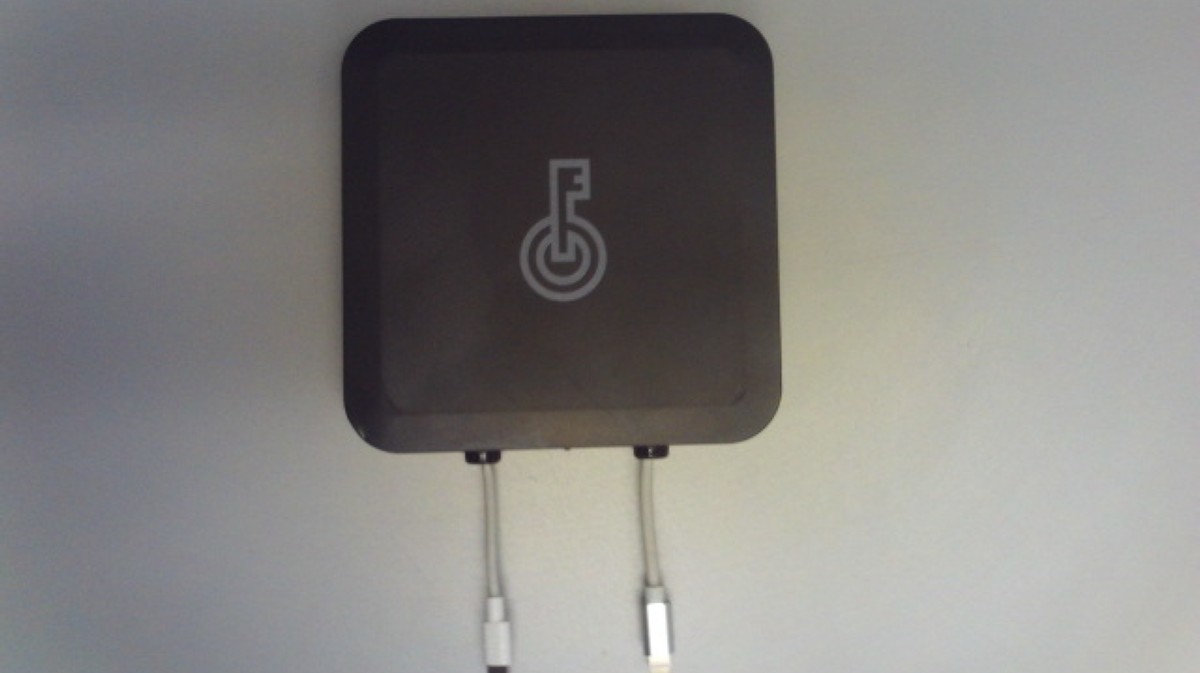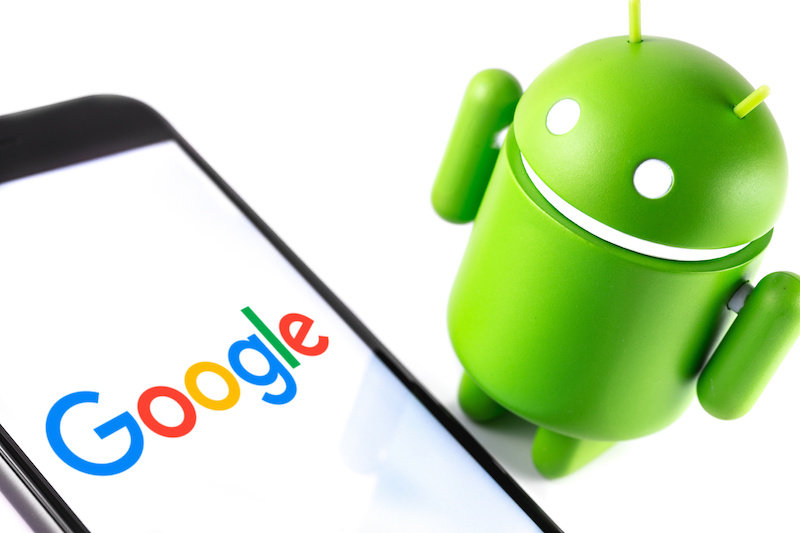
High-Severity Vulnerability Found In Amazon Photos Android App
Exploiting the Amazon Photos Android app vulnerability could allow stealing Amazon access tokens and meddle with stored data in Amazon Drive.

Exploiting the Amazon Photos Android app vulnerability could allow stealing Amazon access tokens and meddle with stored data in Amazon Drive.

Hackers with Amazon users’ authentication tokens could’ve stolen or encrypted personal photos and documents.

Facebook users can no longer use face recognition for tagging photos and videos. This change will also affect Facebook's AAT technology.

WhatsApp users with the iOS beta app will now be able to send photos and videos that disappear once they have been viewed with the latest "view once" mode along with a redesigned in-app notification.

New pictures of the outside—and inside—of the GrayKey iPhone unlocking device have been published by the FCC.

In one second, the human eye can only scan through a few photographs. Computers, on the other hand, are capable of performing billions of calculations in the same amount of time. With the explosion of social media, images have become the new social currency on the internet. A new solution developed by the National University of Singapore (NUS) keeps your online photos safe from facial recognition algorithms.

Facial recognition technology is still misidentifying people at an alarming rate – even as it’s being used by police departments to make arrests. In fact, Paul Bischoff, consumer privacy expert with Comparitech, found that Amazon’s face recognition platform incorrectly misidentified more than 100 photos of US and UK lawmakers as criminals.

A new strain of ransomware has arisen in Canada, targeting Android users and locking up personal photos and videos. Called CryCryptor, it has initially been spotted pretending to be the official COVID-19 tracing app provided by Health Canada.